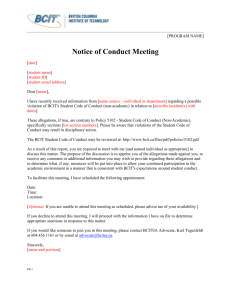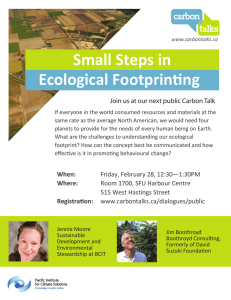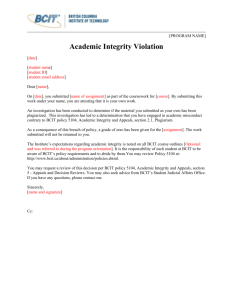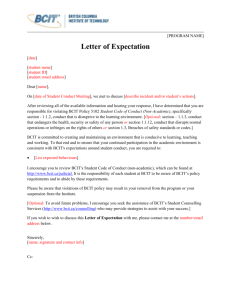The Anthropocene
advertisement
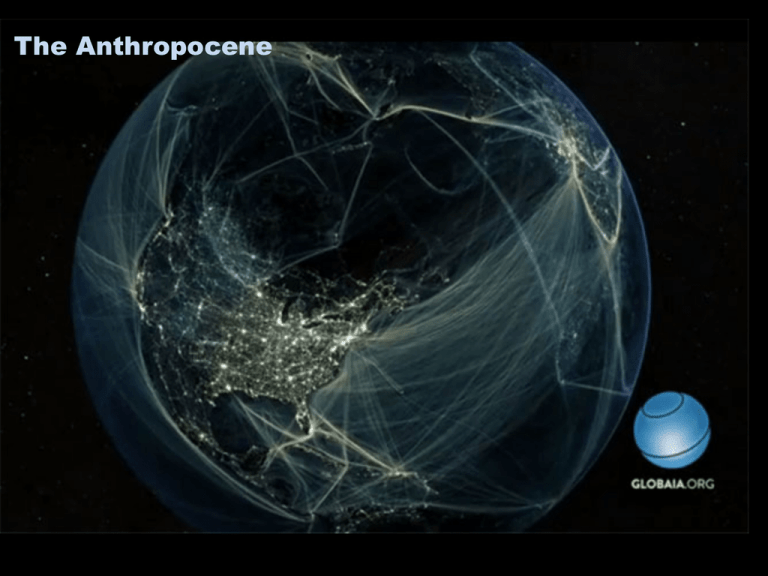
The Anthropocene Here is the means to end the great ex0nc0on spasm. The next century will, I believe, be the era of restora0on in ecology". E.O. Conceptual approach HANDS ON APPLIED APPROACH Urban restora1on and the problem of legacy metals; Two examples (collabora1on with SFU and BCIT) 1) Beaver Lake 2) MacKay Creek Beaver Lake Stanley Park's interior oasis is Beaver Lake, a beau0ful wilderness full of trees, animals and plants, crea0ng a serene place to enjoy the Park at its finest. Its allure is its seclusion from vehicular traffic….. Rapidly filling in; quickly moving from a lake to wetland to meadow Si/ng on lake bo8om To restore the lake, then will likely need to remove accumulated sediment. Will it be safe to do so? Jane Delphine Erin BCIT SFU BCIT T1(North-­‐South), T2 (West-­‐East) for sediment depth profiles and TS (North-­‐ South) for surface sediments only. COPPER 0 -2 -2 -4 Depth in core (cm) Depth (cm) -4 -6 -8 -10 -6 -8 -10 -12 -14 0.00 -12 0.05 0.10 0.15 0.20 0.25 0.30 Copper concentration (µgg-1 dry weight of sediment) 1 2 3 4 5 Sample Location -­‐Copper exceeding PEL (0.197 mg/g dry weight) (Probable Effects Level for the protec1on of aqua1c life) BRAKE PADS (20% copper) Implica1ons for sediment disposal once lake is dredged Celeste Barlow; Environmental Science SFU Vanessa Koo; Ecological Restora1on BCIT 300m Low Tide High Tide 0m Copper High Tide Mark Low Tide Mark 250 Distance from dam (m) Distance from dam (m) 250 200 150 100 200 150 100 50 2 4 6 8 10 Depth in core (cm) 12 14 1 2 3 4 5 6 7 8 9 Depth in core (cm) RED /ORANGE > PEL of 108 ug/g dry weight of sediment Cu Pb Zn Cd Restora1on of an estuary; • Iden1fied legacy metals • Point sources of concern First steps required in urban restoraHon Represents student flow Informa1on exchange Community Knowledge into ac1on Research Outreach/ outcomes Basic and applied Graduate Program (SFU/BCIT) Undergraduate Program (SFU/DG/BCIT) Unique niche Basic Applied Thank you
